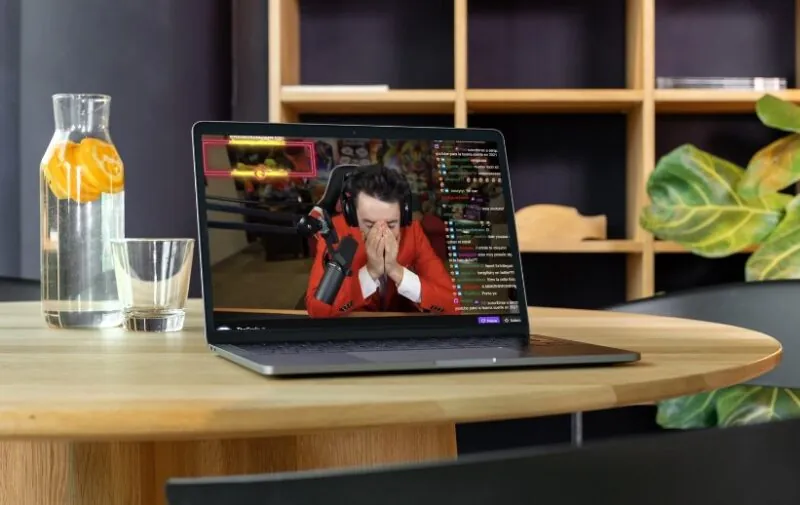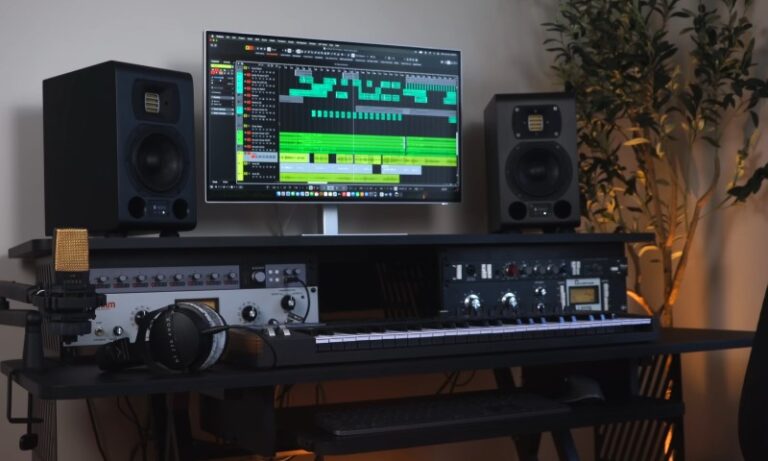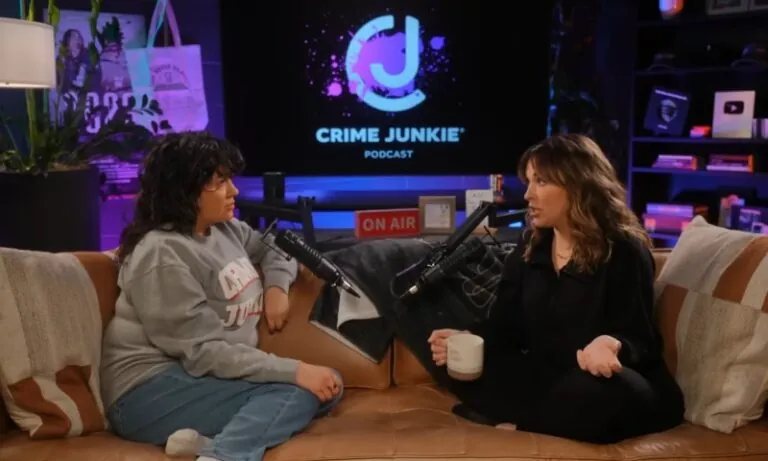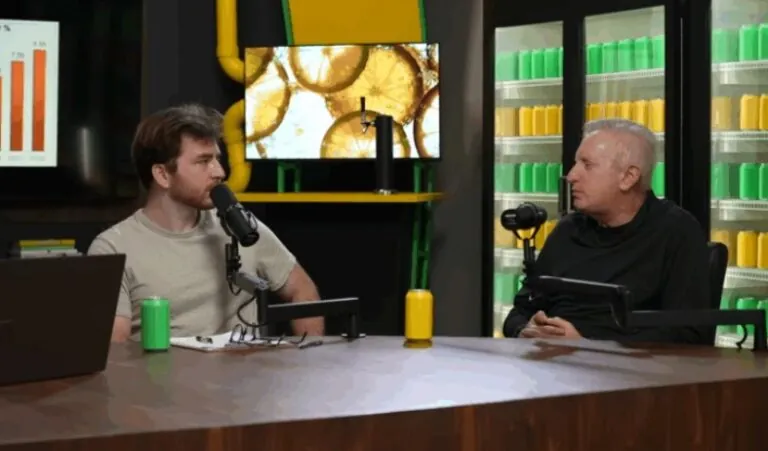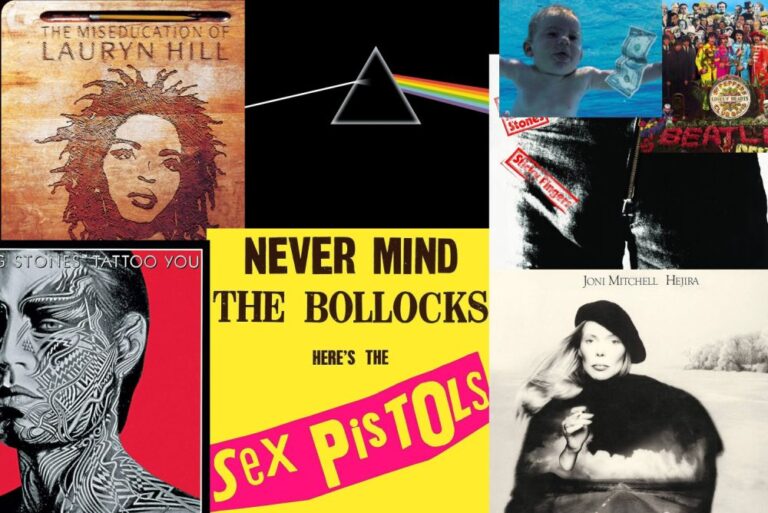Once the undisputed king of live streaming, Twitch is no longer the no-brainer home for online creators that it used to be.
With over 140 million active users and a powerful brand built on community, gaming culture, and livestream-first content, Twitch still holds weight—but behind the scenes, something’s shifted.
The platform that helped turn streamers into celebrities is now seeing more and more of them leave quietly. Not necessarily with a dramatic “I’m done!” announcement, but with a slow fade: less frequent streams, test runs on other platforms, brand deals taken elsewhere, and eventually, a new digital home on YouTube, Kick, or even TikTok.
So what’s really going on?
Let’s find the reasons creators—big and small—are moving away from Twitch. And why, if things don’t change, that trickle may turn into a flood.
Table of Contents
ToggleTwitch’s Revenue Split Problem
If there’s one issue that cuts straight to the core, it’s money. Streaming is a job. And like any job, people go where they’re valued—and paid—fairly.
In 2023, Twitch announced a major change: top streamers who previously earned 70% of their subscription revenue would see that drop to 50% after they passed $100,000 in earnings.
On paper, it may not sound massive. But for those at the top, it’s a big hit—about 29% less per subscriber after they cross that threshold.
By comparison:
| Platform | Revenue Split | Notable Streamers |
| Twitch | 70/30 to 50/50 | Pokimane, xQc (partial) |
| YouTube | Consistent 70/30 | Ludwig, CourageJD |
| Kick | Up to 95/5 | xQc, Amouranth |
Kick is particularly aggressive in offering better financial terms—sometimes dramatically so. In 2023, xQc inked a non-exclusive $100 million deal with Kick. Even if you remove the flashiness of a headline number like that, the fact remains: competitors are offering streamers better deals, more flexibility, and, in some cases, guaranteed pay. Twitch can’t keep up.
Ludwig’s 2022 departure to YouTube wasn’t just about numbers. He’s talked about wanting to do more than just livestream—wanting to explore different types of content without being penalized by algorithms or restricted by contract terms. The better revenue split helped, of course, but the creative freedom sealed it.
Policy Confusion and Monetization Woes
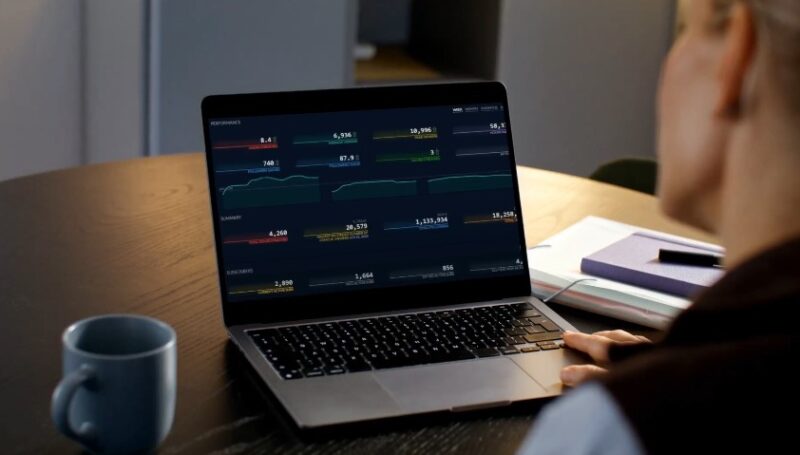
Twitch has always walked a fine line between keeping advertisers happy and giving creators room to make money their way. But in recent years, it’s stumbled.
In 2022, Twitch launched an ad incentive program, encouraging creators to run more ads for a guaranteed payout. Then in 2023, it made the program more flexible—but by then, the damage was done.
Many creators felt it was unclear, inconsistent, and lagging behind platforms like YouTube in both payment and ad targeting.
Then came the branded content controversy.
Twitch briefly rolled out new guidelines in 2023 that would have restricted the size and placement of sponsor logos on streams. Streamers rely heavily on sponsorships—especially mid-tier and smaller creators who don’t earn much from subs and bits.
The reaction was fierce, and Twitch quickly rolled the policy back. But the backlash revealed something deeper: creators no longer trusted that Twitch had their back.
For context, over 90% of Twitch’s 6 million streamers average fewer than six viewers per stream. Among the top 10,000 highest-paid streamers, a quarter earn less than U.S. minimum wage.
In other words, for the majority of people streaming on Twitch, it’s already tough. And the platform’s policy shifts aren’t making it easier.
Burnout & Twitch Grind Being Real
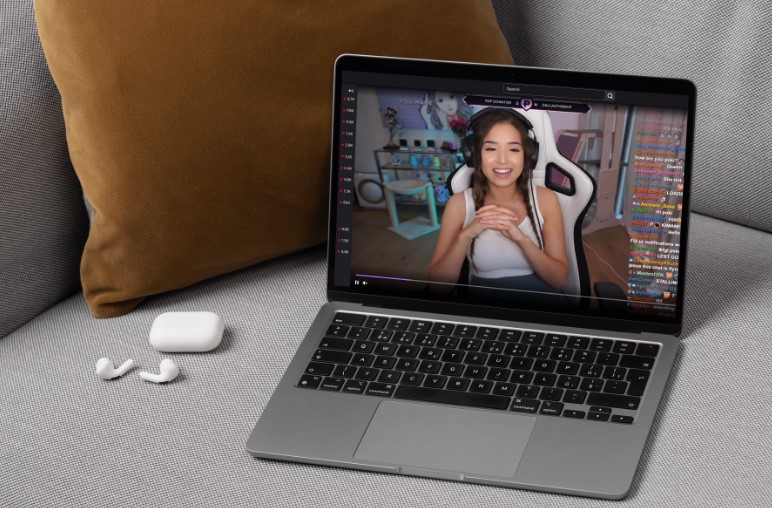
Twitch’s model is built around being live. That’s its magic—and its curse.
To stay visible, you have to be streaming. Not just once a week. Not even just five days a week. Some creators push themselves to stream 8, 10, even 12 hours a day.
It’s a grueling lifestyle, and unlike platforms like YouTube where evergreen content can keep earning views, Twitch content disappears quickly. The second you’re offline, you’re out of sight.
Pokimane, arguably one of Twitch’s biggest stars, has spoken openly about burnout. She’s taken extended breaks and has scaled back streaming hours in recent years, prioritizing her well-being.
But what about smaller streamers without that cushion? Many of them push until they burn out—and leave quietly, without a headline.
Facebook Gaming and YouTube offer something Twitch doesn’t: flexibility. You can post pre-recorded videos, shorts, community updates, and livestreams—all in one place. That variety allows creators to step back when they need to, without sacrificing growth.
Jeremy “Disguised Toast” Wang made the switch to Facebook Gaming in 2020. For him, the draw was clear: a better work-life balance and more time to recharge. It’s not glamorous, but it’s practical.
Features Falling Behind
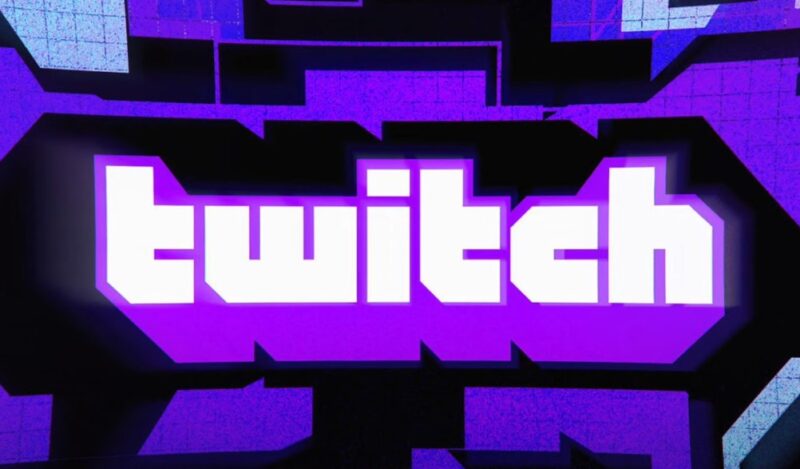
For years, Twitch thrived because it was creator-first. For strategies to stand out in such a crowded space, click here. Features like “clips,” “raids,” and “hosting” helped streamers grow together. But lately, innovation has slowed—and in some cases, reversed.
When Twitch announced it was retiring the hosting feature, many creators were blindsided. Hosting allowed streamers to share their audience with others, especially after logging off. Losing it meant losing a key community-building tool.
Clips—a beloved feature that allowed users to share bite-sized moments—was put into “maintenance mode.” Even some Twitch staff were caught off guard when the platform finally decided to revive it.
Meanwhile, YouTube continues to expand tools like channel memberships, Super Chats, and shorts. TikTok’s discoverability algorithm is leagues ahead. And Kick, while newer, is aggressively rolling out creator tools and signing deals to win over top talent.
When platforms stop investing in the tools that make streaming easier and more rewarding, creators notice.
It’s Harder Than Ever to Get Noticed
Streaming on Twitch today is like shouting into a stadium. With 6 million active creators and over 24 billion hours of content watched in 2021 alone, standing out is brutally tough.
And the Twitch algorithm? It mostly favors big names. New streamers often rely on off-platform growth—posting to TikTok, building a YouTube presence, or tweeting viral clips just to get people to find them on Twitch. That’s a lot of extra work.
Aki Mikan, a smaller streamer with just over 1,400 followers, built her community through TikTok and Twitter—not Twitch. Many creators echo her experience: Twitch isn’t where you grow, it’s where you maintain. And if you’re new, that’s a tough sell.
Back when Ninja moved to Mixer in 2019, he lost 40,000 subscribers almost immediately. Why? Because fans treat Twitch like their TV. They tune in to Twitch—not necessarily to you. So when you leave, they don’t always follow.
Community Burnout and Platform Vibes
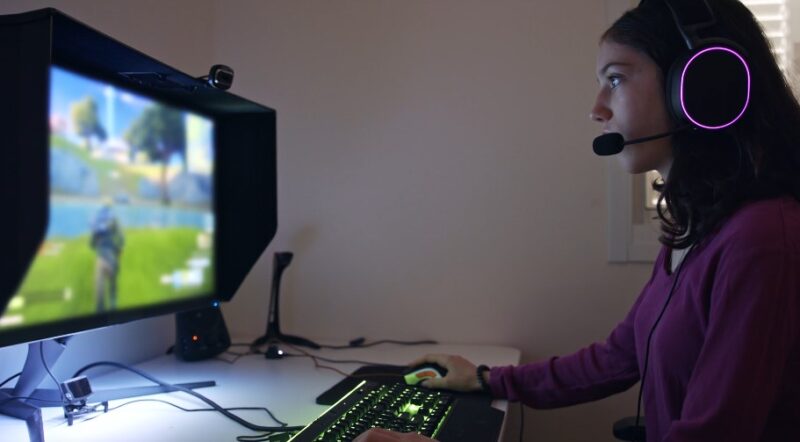
Twitch’s community, for better or worse, is built around live interaction. And while that’s one of its biggest strengths, it can also be a source of serious stress.
Moderating chat is a full-time job, especially for women, LGBTQ+ streamers, and marginalized creators. Harassment, hate raids, and toxic messages aren’t rare—they’re expected. In 2021, the #ADayOffTwitch protest brought this issue to the forefront, calling on the platform to do more about targeted abuse.
Some creators, like Jessica Blevins (Ninja’s wife and former manager), have publicly cited toxicity as one of the reasons they’ve distanced themselves from the platform.
Contract restrictions haven’t helped either. Twitch has been slow to adapt to creators who want to build broader brands beyond gaming—fashion, podcasts, music, fitness. Others, like Ninja and Shroud, left partly because of those limitations, choosing instead to explore platforms that let them evolve.
Is Twitch Falling Behind?
In 2023, Twitch laid off over 400 employees—citing slower-than-expected revenue growth and user engagement. Internally, morale has been rocky. Reports from outlets like The Washington Post described a growing disconnect between leadership and the streaming community.
For years, Twitch was the go-to. Now, it’s a familiar platform in a fast-changing industry that rewards innovation. YouTube, Kick, and TikTok are hungry. They’re throwing out better deals, listening to creators, and investing in tools that make streaming more rewarding.
The result? A fractured ecosystem. Creators now split time between multiple platforms. Viewers follow their favorites to TikTok for updates, to YouTube for highlights, and maybe Twitch for livestreams—if the creator’s still there.
Where Do We Go From Here?

Twitch isn’t dead. Far from it. It still has massive reach, a deep-rooted community, and cultural relevance that’s hard to replicate. But it’s no longer the only game in town.
Creators are asking harder questions: Is this sustainable? Is Twitch still worth it? And increasingly, the answer is “not always.”
To win back loyalty, Twitch needs to:
- Revisit its revenue model and make it competitive again.
- Fix discoverability for small and mid-size streamers.
- Reinforce trust through transparent, consistent policy decisions.
- Invest in tools that help—not hinder—community growth.
- Take harassment seriously and back up creators who face abuse.
If it doesn’t, the quiet exits we’re seeing now might become something louder—and a lot harder to recover from.
Final Thoughts
The slow drip of streamers moving away from Twitch isn’t about one bad policy or one flashy competitor. It’s a pattern—years in the making. Financial pressure, policy fumbles, burnout, lack of support, and community challenges have all played a role.
Platforms like YouTube and Kick are stepping in not just with money, but with vision. And for creators juggling careers, audiences, and mental health, that vision matters.
Twitch still has the tools to turn things around. But it has to act—soon. Because the streaming world isn’t waiting.
Related Posts:
- Kick vs Twitch - Which Platform Is Winning in 2025?
- The Steve Sommers Overnight Drive Review: Late-Night…
- How to Choose the Right Podcast Hosting Platform in 2025
- Top 10 Streamers Known for Their Blackjack Skills -…
- 7 Streamers Who Brought Online Gambling to the Mainstream
- 10 Most Popular Streamers Who Cover Tabletop Games


